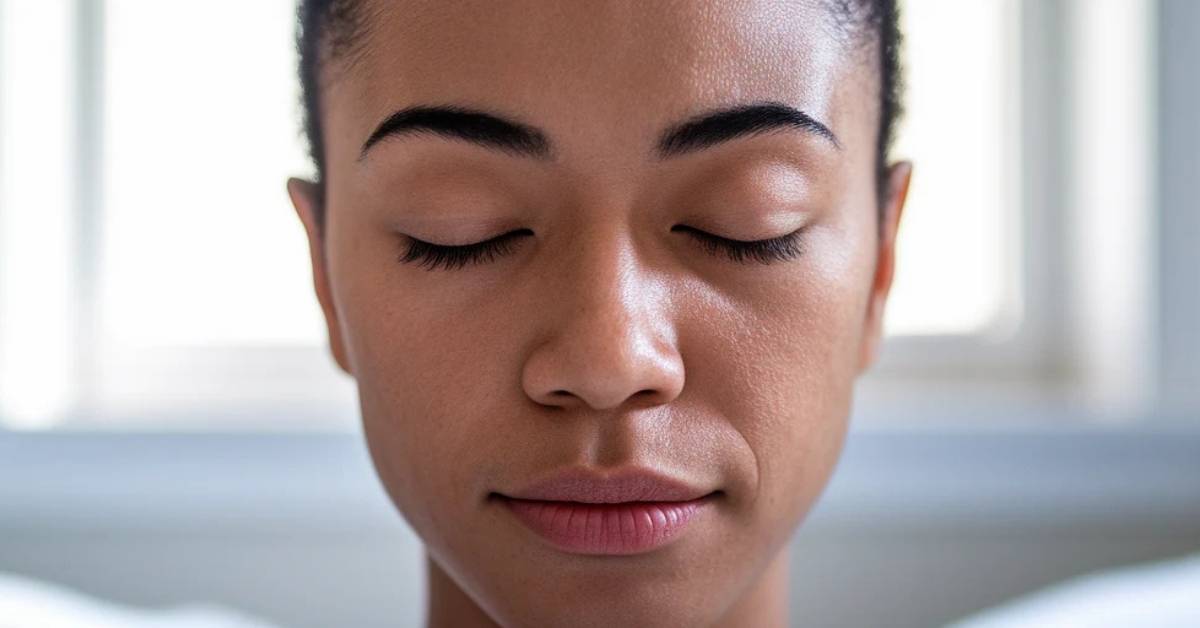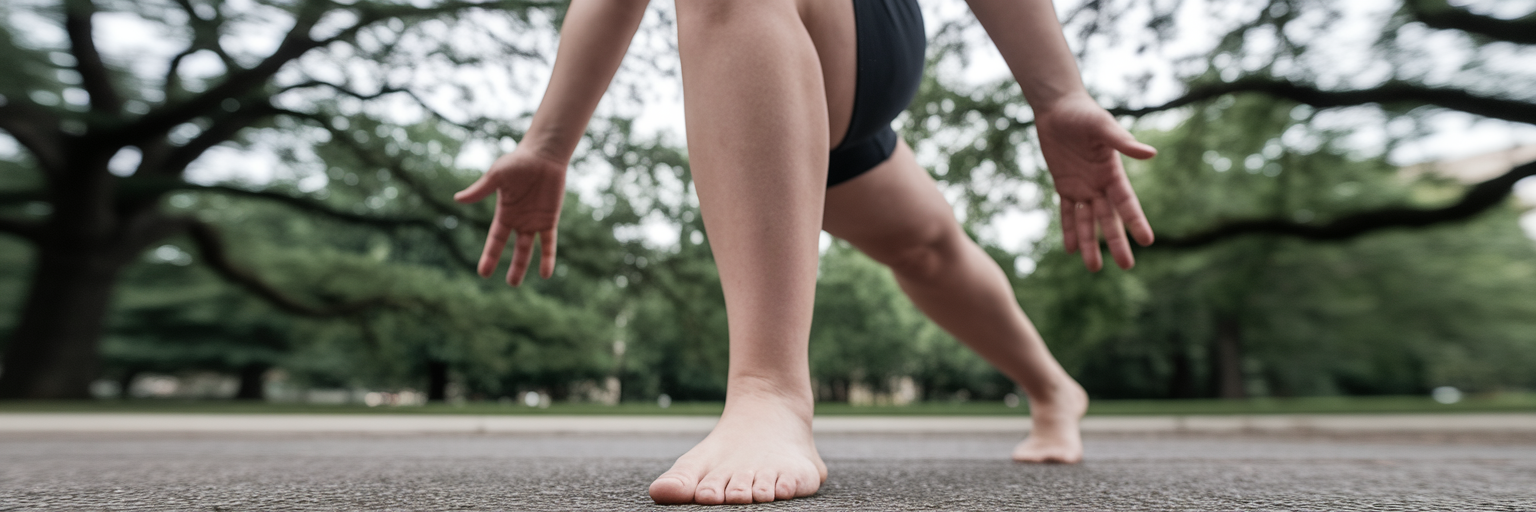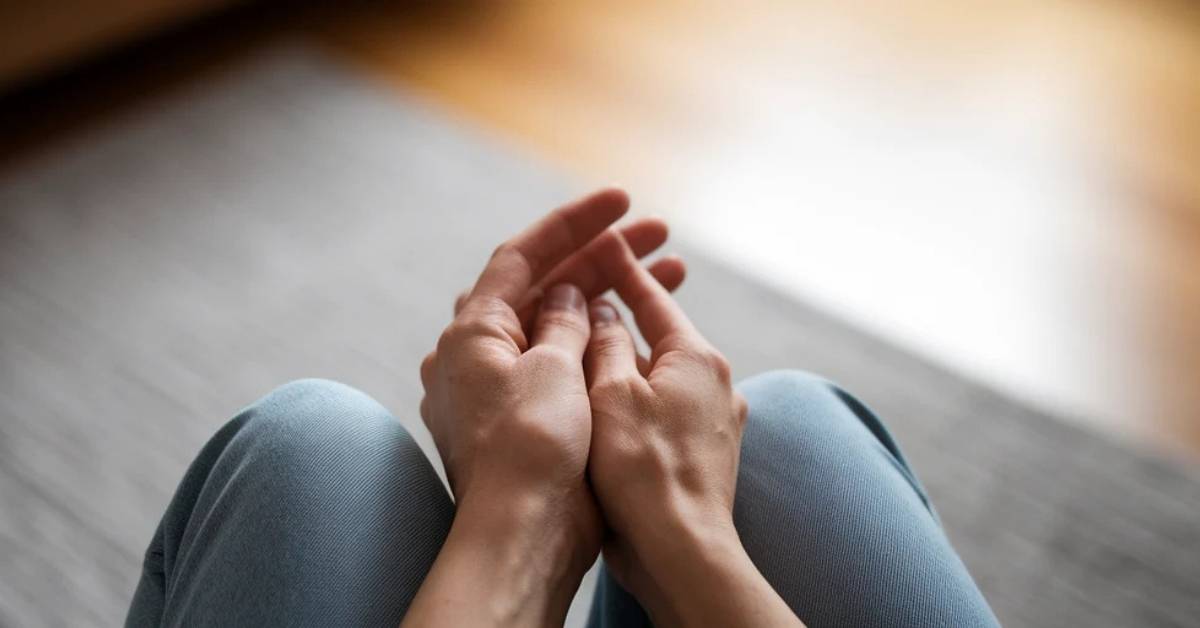
Your Friendly Guide to Yoga Breathing
Why Your Breath Is a Big Deal in Yoga
In your first yoga class, you might expect to learn how to touch your toes, but you could be surprised by how much time is spent just… breathing. It might seem odd at first, but this focus is what transforms simple stretching into a deeply restorative practice. Think of it like dancing. Without rhythm, you are just making shapes. With rhythm, you are flowing. In yoga, your breath is the rhythm.
You may hear the Sanskrit term Pranayama, which sounds a bit formal. But really, it just means becoming friends with your inhales and exhales. When you pay attention to the feeling of air entering and leaving your body, you give your busy mind a place to rest. The endless to-do lists and quiet anxieties begin to fade into the background. This is the heart of mindfulness through breathing, an anchor that holds you firmly in the present moment.
This practice is more than just a mental trick. When you breathe deeply and consciously, you send a signal to your nervous system to switch from its high-alert "fight-or-flight" mode to its calm "rest-and-digest" state. It’s a gentle, internal message that says, “It’s okay. You are safe.” This foundation of calm is the first step in any yoga journey, and it’s a wonderful starting point for anyone interested in exploring other forms of meditation as well.
Meet Your Diaphragm with Belly Breathing
Let’s start with the most soothing breath of all: Diaphragmatic Breathing, or as we like to call it, Belly Breathing. Most of us, especially when stressed, take short, shallow sips of air into our chests. It’s like trying to fill a glass with just a few drops of water. Belly breathing, on the other hand, is a deep, satisfying drink of air that calms your entire system.
Ready to give it a try? It’s as simple as this:
- Lie down comfortably on your back with your knees bent.
- Place one hand on your belly and the other on your chest.
- Breathe in slowly through your nose, and focus on letting your belly rise. The hand on your belly should move up, while the hand on your chest stays relatively still.
- Exhale slowly through your nose or mouth, feeling your belly gently fall.
The diaphragmatic breathing benefits are almost immediate. This deep breath allows for a fuller oxygen exchange, which naturally slows your heart rate and tells your muscles it’s time to relax. Think of it as a reset button for your nervous system. To make it even more intuitive, imagine a small, friendly balloon in your belly that gently inflates with each inhale and deflates with each exhale. Pairing this practice with calming sounds can deepen the experience, and you can explore different soundscapes in our library of music meditations.
| Feature | Shallow Chest Breathing | Deep Belly Breathing |
|---|---|---|
| Primary Muscle Used | Neck and shoulder muscles | Diaphragm |
| Oxygen Intake | Limited, less efficient | Full, efficient exchange |
| Effect on Nervous System | Activates 'fight-or-flight' response (stress) | Activates 'rest-and-digest' response (calm) |
| Commonly Occurs When | Feeling stressed, anxious, or rushed | Feeling relaxed, focused, or during sleep |
This table illustrates the physiological differences between common, stress-induced breathing and intentional diaphragmatic breathing to help readers understand the immediate impact of changing their breath pattern.
Finding Your Flow with Ujjayi Breath
Once you’re comfortable with belly breathing, you can meet its more active cousin, Ujjayi Breath. It goes by a few inspiring nicknames, like "Victorious Breath" or "Ocean Breath," because of the soft, wave-like sound it creates. But the most memorable (and slightly silly) description is the "Darth Vader breath." Don’t worry, you won’t be joining the dark side. This sound is your secret weapon for a focused, flowing practice.
Here’s how to do ujjayi breath:
- Keeping your mouth closed, breathe in and out through your nose.
- As you exhale, gently constrict the back of your throat, just as you would if you were trying to fog up a mirror.
- Maintain that same gentle constriction on the inhale. You should hear a soft, oceanic whoosh inside your head.
The purpose of Ujjayi is to create a steady rhythm that links your movements together. It builds a gentle internal warmth and turns your yoga session into a moving meditation. As wellness resource Othership highlights, incorporating breathwork is key to achieving a state of mindfulness during yoga. This synergy between breath and body is what makes the practice feel so fluid. It helps build internal energy, which you can learn more about by exploring the seven chakras and their colors.
At first, you might feel a little self-conscious making the sound, or you might find it hard to maintain. That’s completely normal! It’s a skill that develops with practice, not a test you have to pass. Just think of it as the engine of your yoga flow, powering you from one pose to the next with grace and intention.
Connecting Breath to Movement on the Mat
So, you’ve met your diaphragm and made friends with your inner Darth Vader. Now, how do you bring it all together on the yoga mat? Your breath is your most faithful companion during your practice, especially when things get a little wobbly. When your muscles are shaking in a challenging pose, the first thing to go is often the breath. But if you can return your focus to a steady Ujjayi inhale and exhale, you’ll find a surprising well of endurance and calm.
This connection is especially powerful in balance poses. A scattered mind leads to a wobbly body, but a focused breath creates a quiet, stable center. Your breath becomes an anchor, holding you steady not just physically, but mentally too. The simple act of listening to your own breathing brings you right back into your body and out of your head.
These yoga breathing techniques offer tangible enhancements to your practice:
- Reduced stress: Conscious breathing calms the nervous system on the spot.
- Improved concentration: The sound and rhythm of Ujjayi keep your mind from wandering.
- Deeper mind-body connection: You start moving with your breath, not just your muscles.
Remember, the goal isn’t "perfect" breathing. It’s "aware" breathing. It’s about simply noticing, listening, and being gentle with yourself. Your breath is a guide, not a rulebook.
Taking Your Breath into Everyday Life
The best part about learning these techniques is that you don’t have to leave them on the yoga mat. They are powerful tools for navigating daily life. This is where breathwork for beginners becomes a lifelong skill.
You can use your breath to find a moment of peace anywhere:
- Take a few deep belly breaths while stuck in traffic.
- Use a quiet Ujjayi breath to calm your nerves before a presentation.
- Wind down for sleep with five minutes of gentle breathing.
You can even incorporate it into your daily routines, similar to how you might practice shower meditation to start or end your day with intention. Your breath is free, it’s portable, and it’s always with you—a constant, reliable source of calm and presence.




